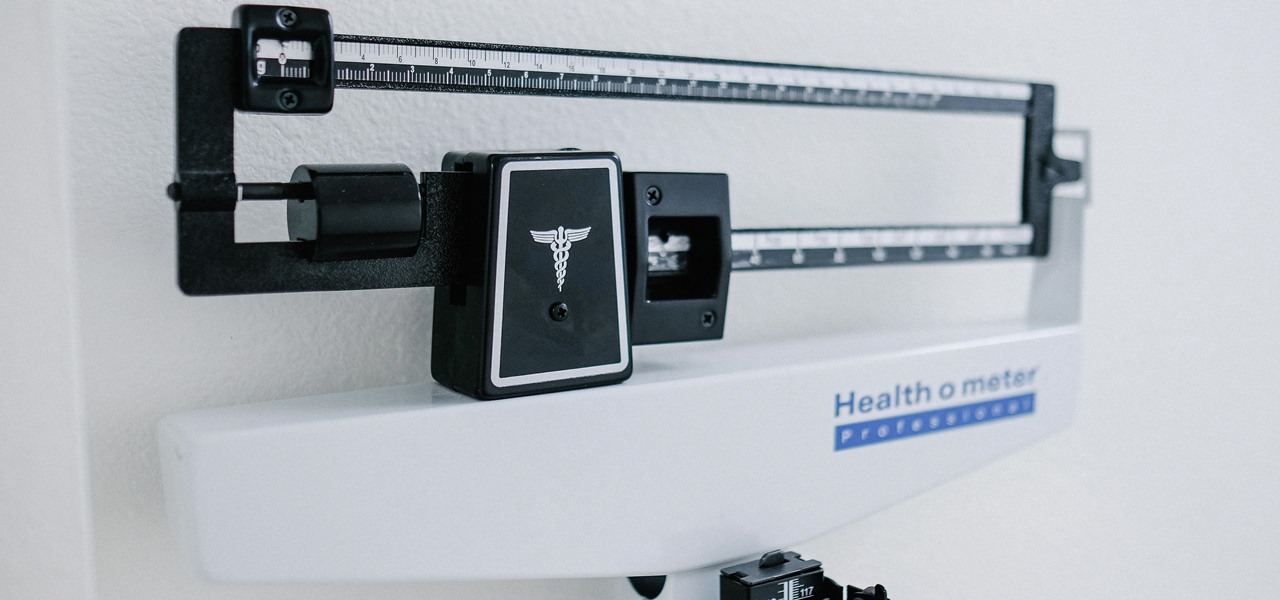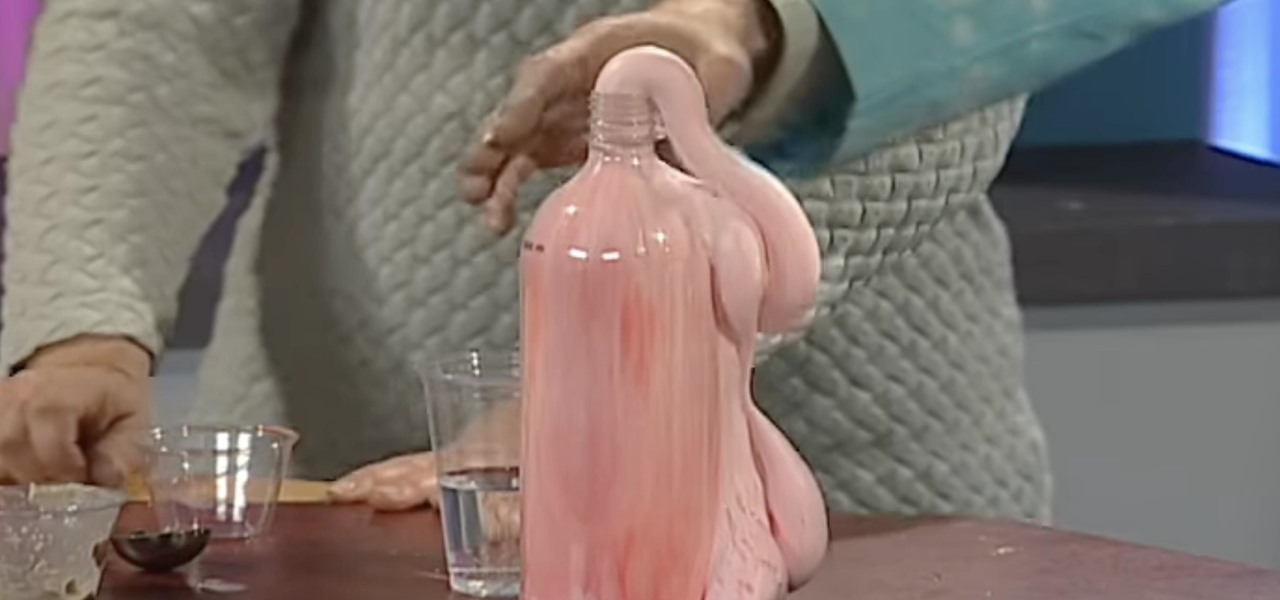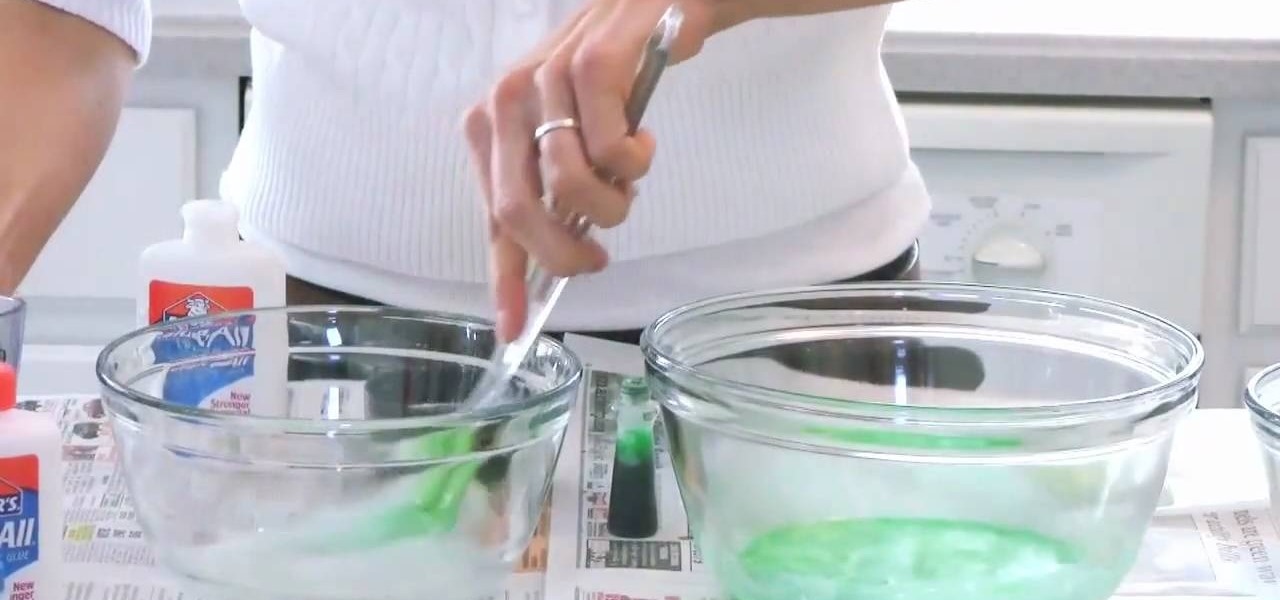Hot Science Experiments How-Tos

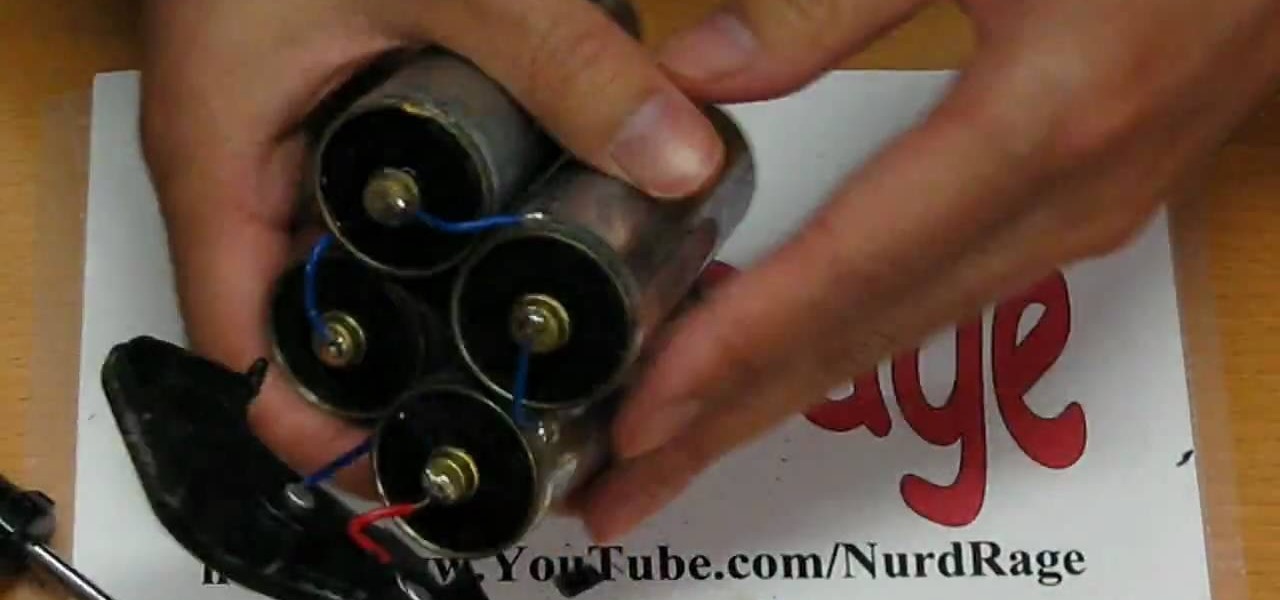
How To: Get zinc, carbon rods and MnO2 from lantern batteries
Watch this science video tutorial from Nurd Rage on how to get zinc, carbon rods and MnO2 from lantern batteries. They show you how to get zinc, carbon electrodes and manganese dioxide from a lantern battery.
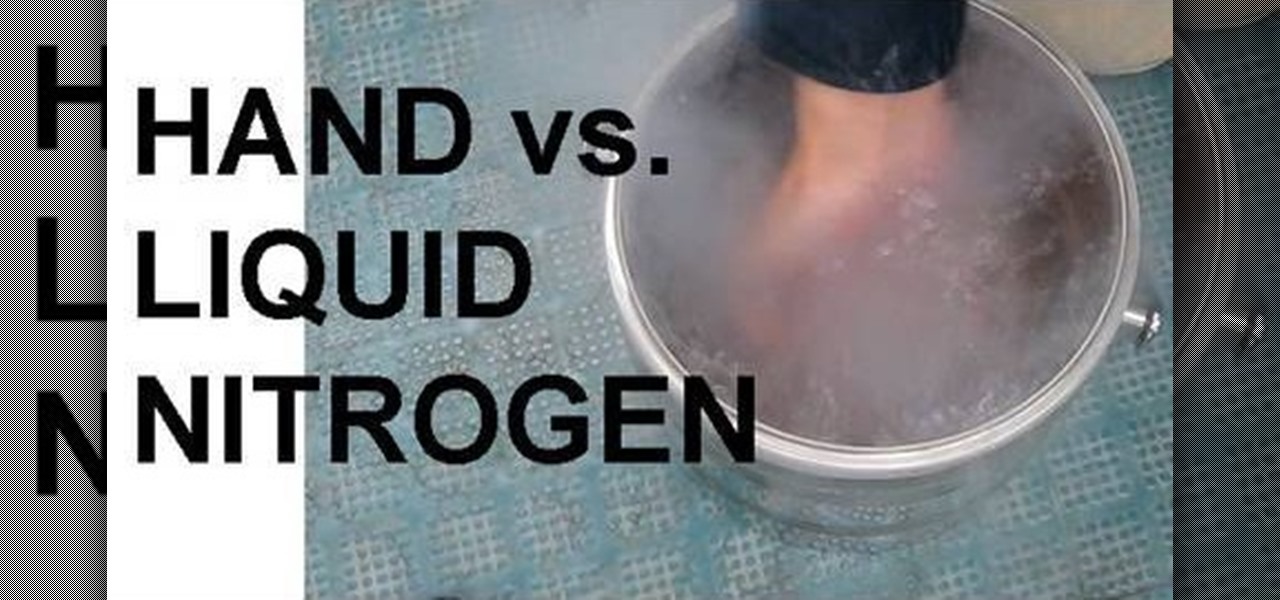
How To: Show the Leidenfrost Effect (Hand vs. Liquid Nitrogen)
What would happen if you stick your hand in a pool of liquid nitrogen? Would your hand freeze to death? Would it harden to an unnatural state? Would it shatter as soon as you touched something? Well, real life isn't like the movies (i.e. Demolition Man), so believe it or not, your hand would be safe, thanks to a little known phenomenon called the Leidenfrost effect.

How To: Make copper sulfate from copper and sulfuric acid
Watch this science video tutorial from Nurd Rage on how to make copper sulfate from copper and sulfuric acid in three ways. They show you how to make copper sulfate from copper and sulfuric acid using two chemical methods and one electrochemical method.
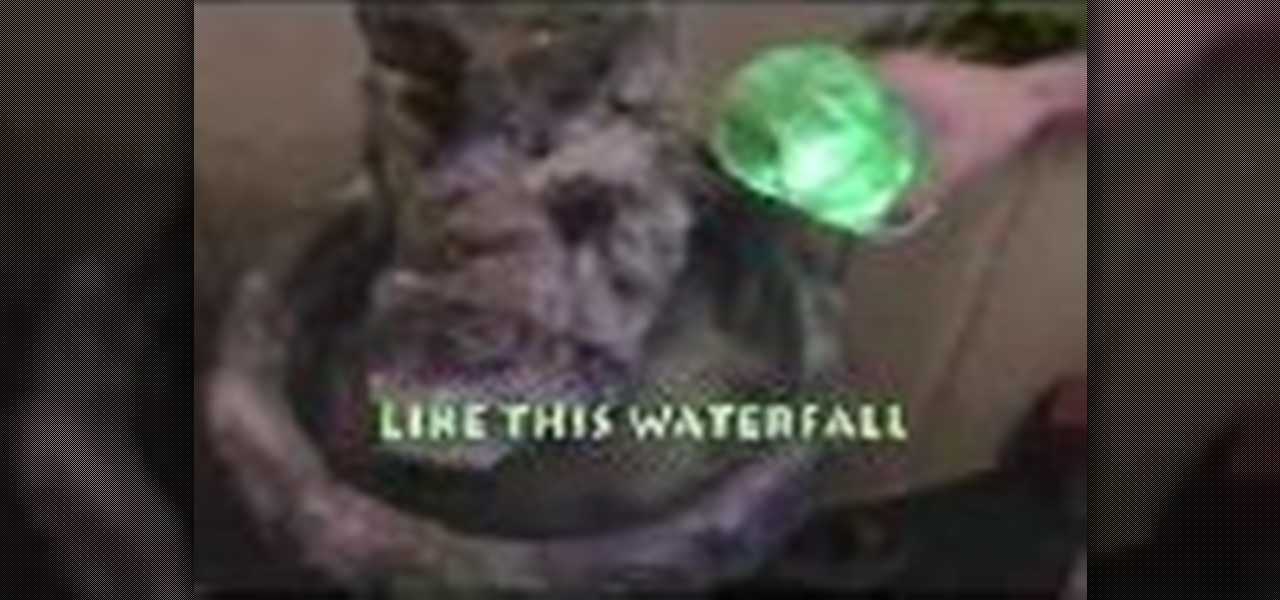
How To: Make neon green water glow
Check out this how-to video for making water glow, or for making glow water (it's pretty much the same thing). Get ready for that fun, neon green color. You will need a cup on gloves, among other things, to make glow water. Use a black light.
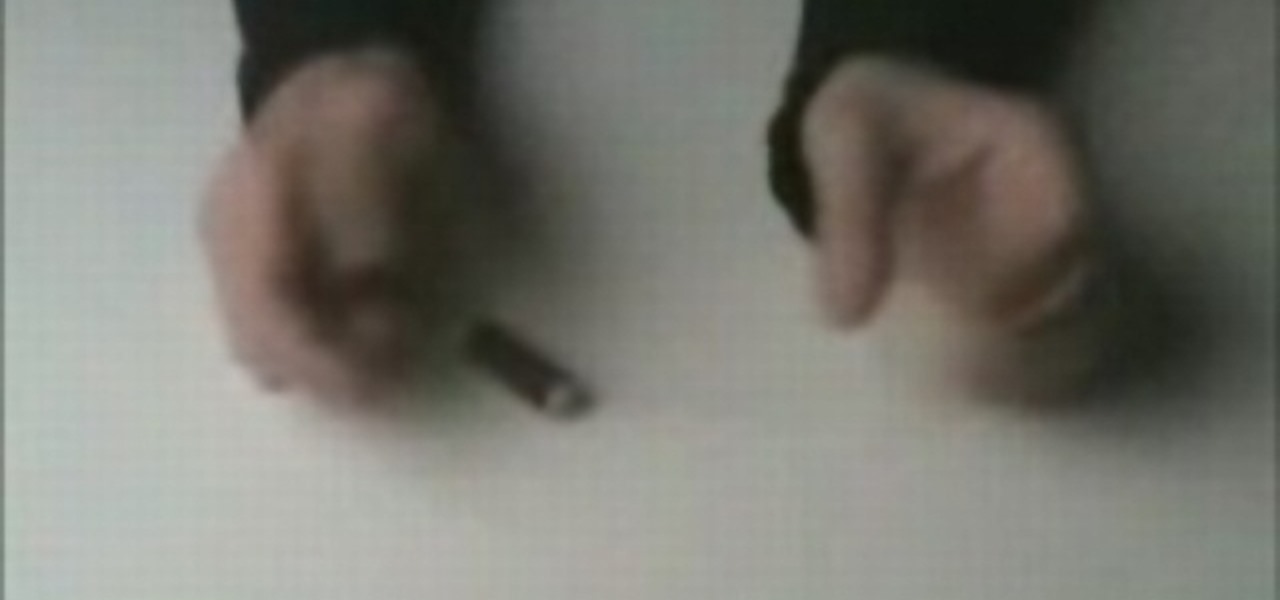
How To: Make fireballs you can hold in your hand
This flame you CAN hold, without burning your skin off. Learn to make fireballs you can hold in your hand. This amazing video tutorial shows you how to do it. All you'll need for this little science experiment or fiery weapon is 100% cotton cloth, scissors, lighter fuel, cotton string, and a needle. Be careful to follow the directions in this how-to video carefully otherwise you'll really be playing with fire.

How To: Create light with Mentos and Mountain Dew
Systm is the Do-It-Yourself show designed for the common geek who wants to quickly and easily learn how to dive into the latest and hottest tech projects. They will help you avoid pitfalls and get your project up and running fast. In this DIY episode, see how to create light with Mentos and Mountain Dew.
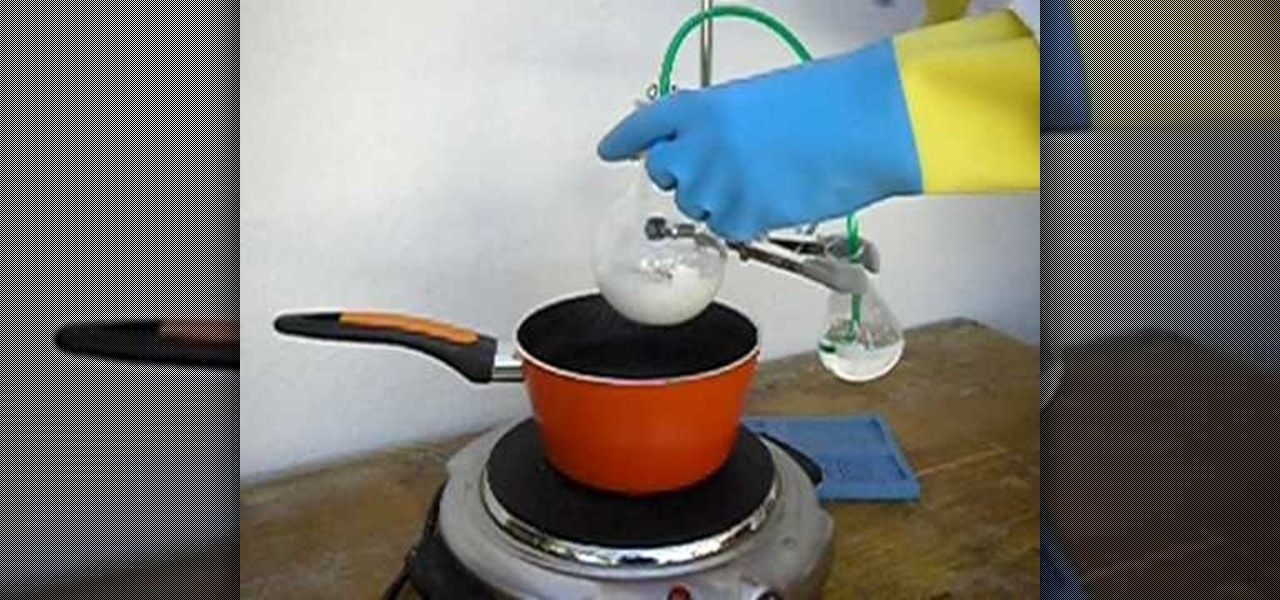
How To: Make corrosive hydrochloric acid
Process of making Hydrochloric acid using table salt and concentrated sulfuric acid. Consentration of the syntethised acid was 2.7M or 10%. Music: 1200 Mics - Rock into the future.

How To: Make a special effects burning flower
Use this method to make a glowing, burning flower similar to the glowing tomato. Makes a cool trick to impress your friends.
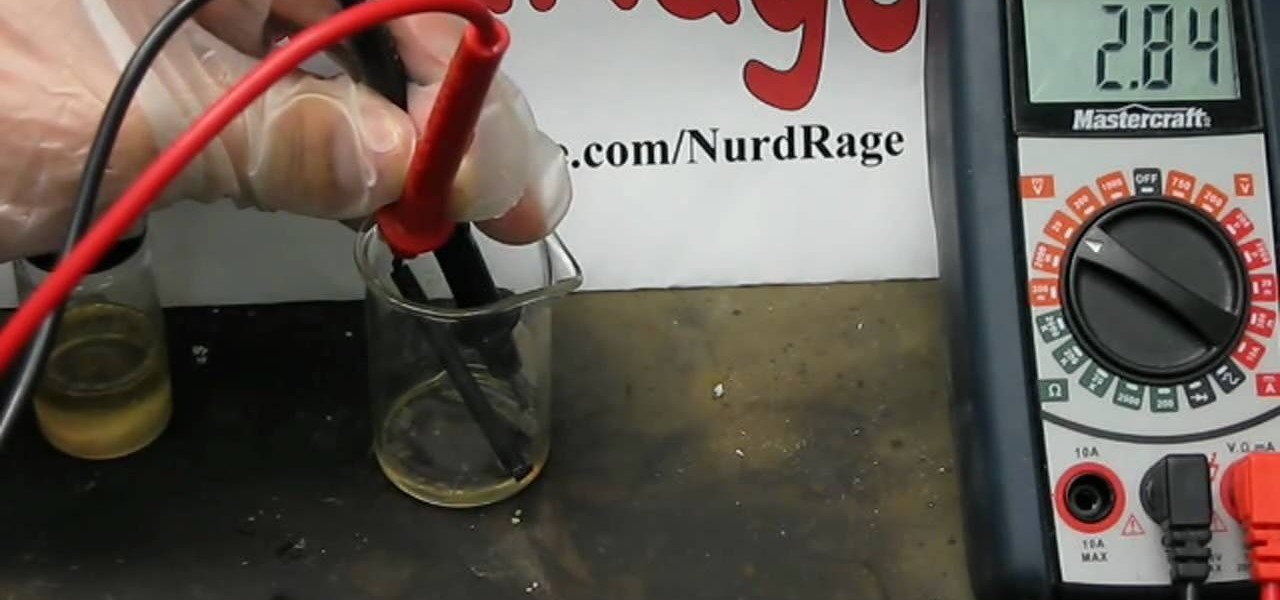
How To: Make a lithium thionyl chloride battery
Watch this science video tutorial from Nurd Rage on how to make a lithium thionyl chloride battery, which is capable of generating 2.8v with enough current to power a LED.

How To: Calculate your carbon footprint
Watch this video tutorial to learn how to calculate your carbon footprint. A carbon footprint is an equation that estimates just how much you, personally, are contributing to global warming—and all you have to do is plug some info into an online calculator. Figuring out how to make your footprint smaller, of course, is another matter.
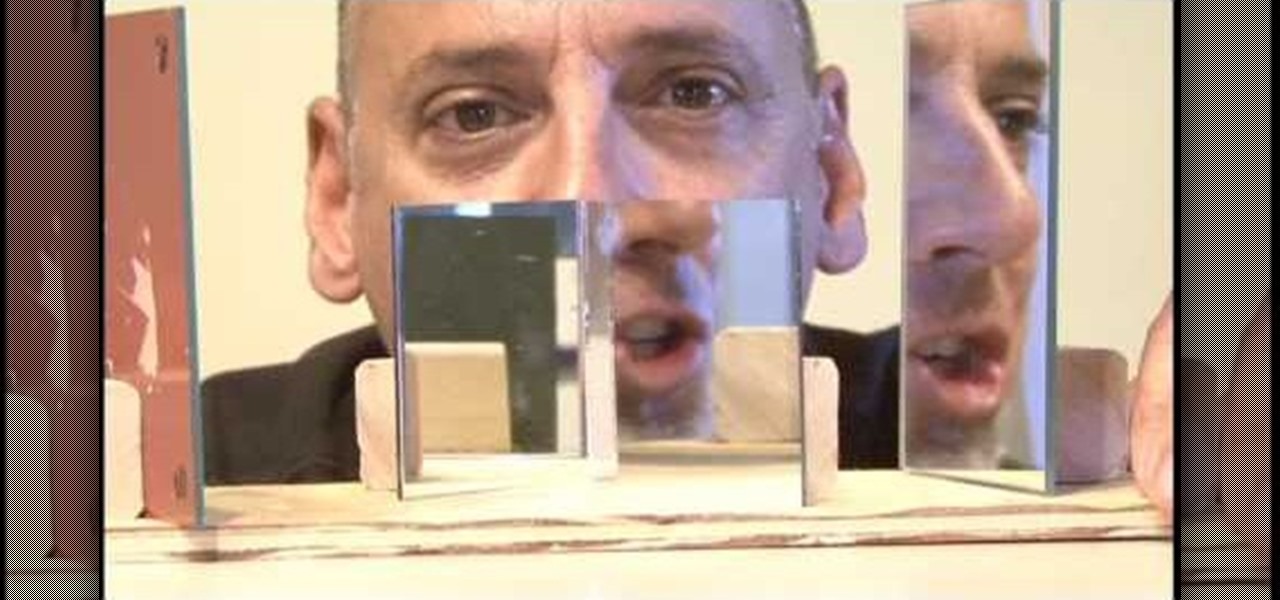
How To: Build a pseudoscope with mirrors
MAKE and Kipkay brings the do-it-yourself mindset to all the technology in your life. Make Magazine celebrates your right to tweak, hack, and bend any technology to your own will.

How To: Make TCPO (for making glow sticks)
How to make TCPO or bis(2,4,6-trichlorophenyl) oxalate, used in glow stick reactions. WARNING: This procedure should only be performed by, or under the direct supervision of, an experienced chemist. Please refer to the material safety data sheets of all chemicals for their hazards. Synthesis must be performed in a fumehood.
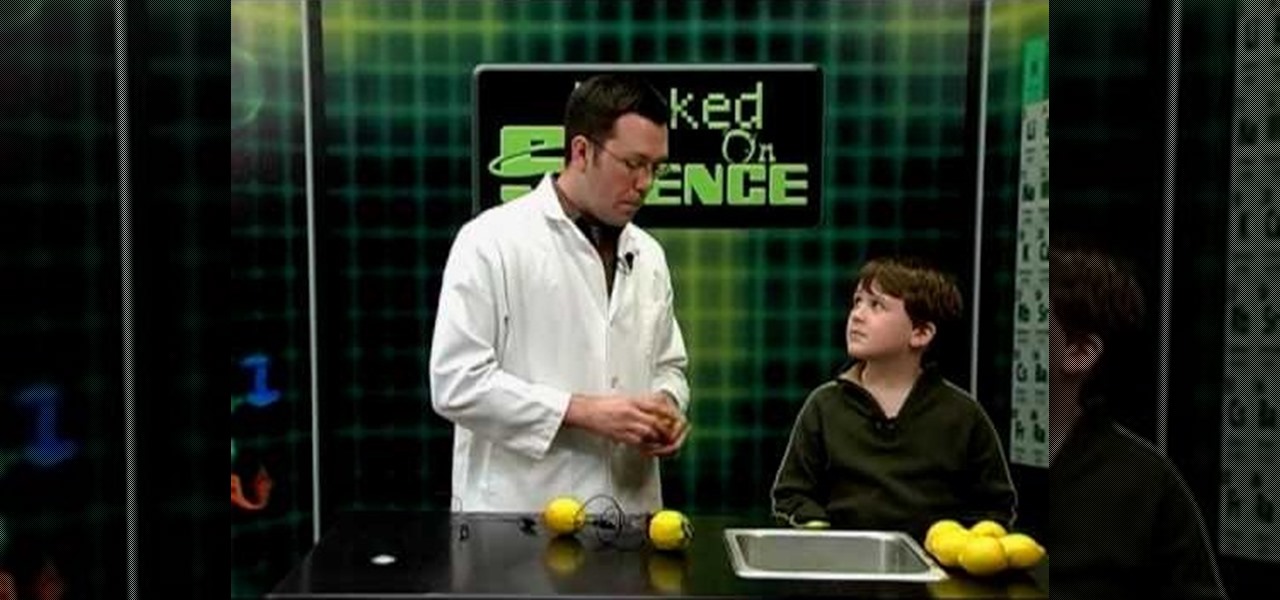
How To: Make a lemon battery to run a clock
Did you know you could create a battery by using a few items from around the house? Get you and your family "Hooked on Science." You need two electrodes, some wire and some lemons.
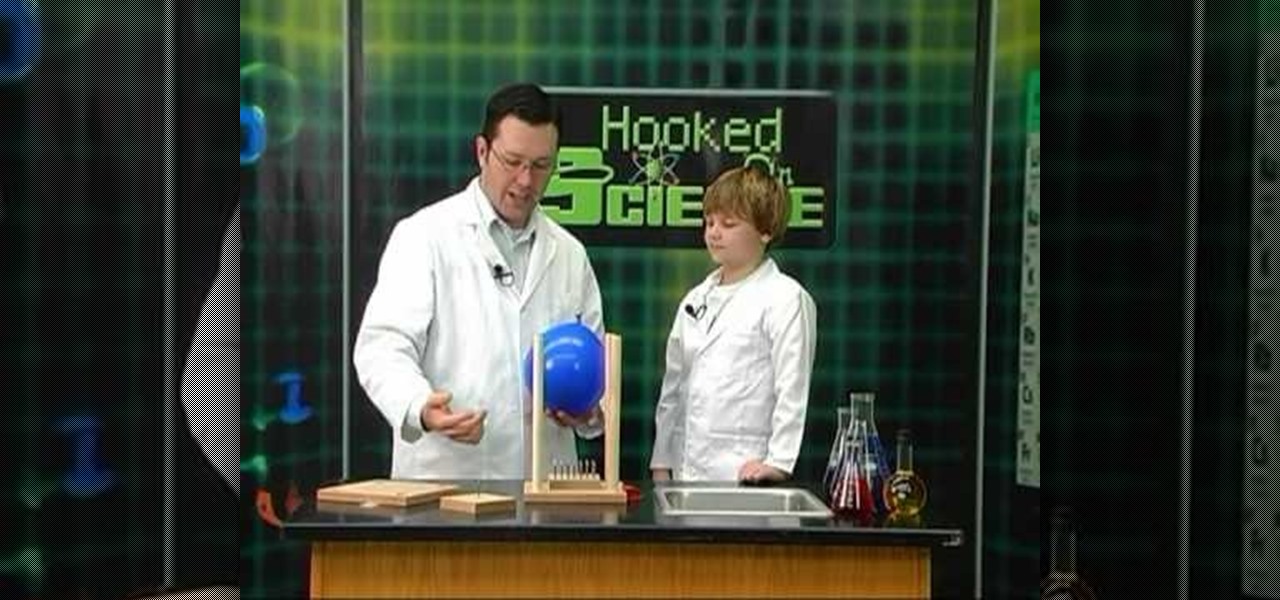
How To: Lie on a bed of nails without piercing your skin
Lying on a bed of nails...It's a science trick we've all seen in the movies and according to science guy Jason Lindsey it can be done if you use science. This uses balloons to demonstrate how someone can lay on nails and not be a bloody mess.
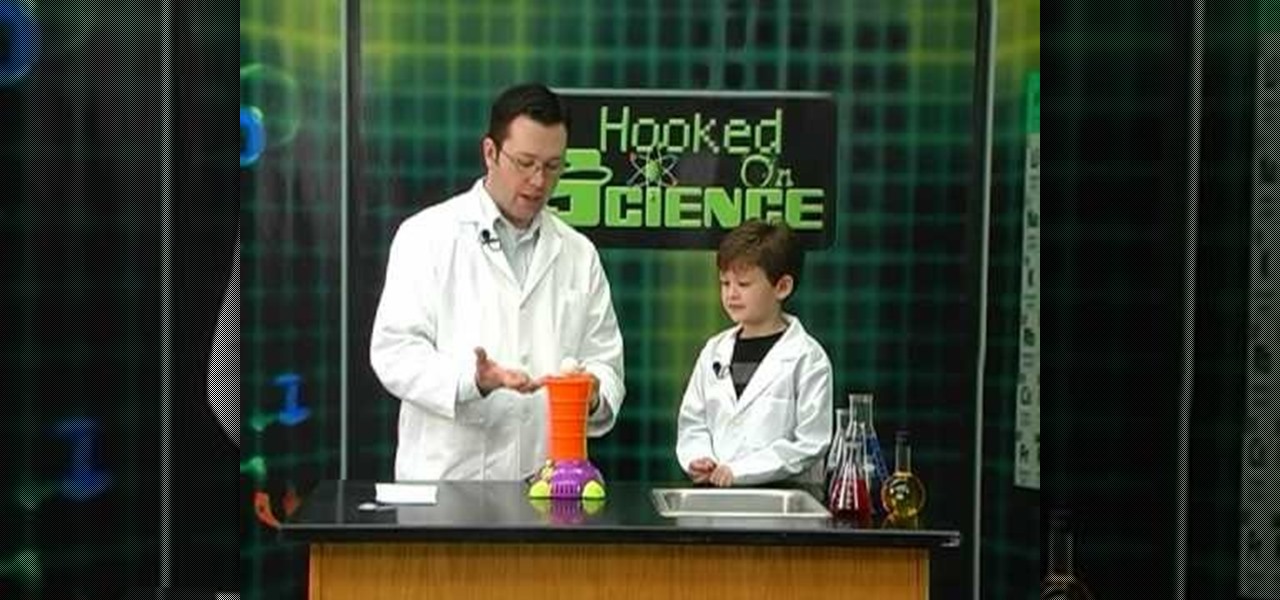
How To: Float a ping pong ball in mid air with a hair dryer
Can you float a ping pong ball in mid air? According to Outreach Science Educator Jason Lindsey you can and all you need is a hair dryer. This is a great way to demonstrate wind and gravity with household objects.
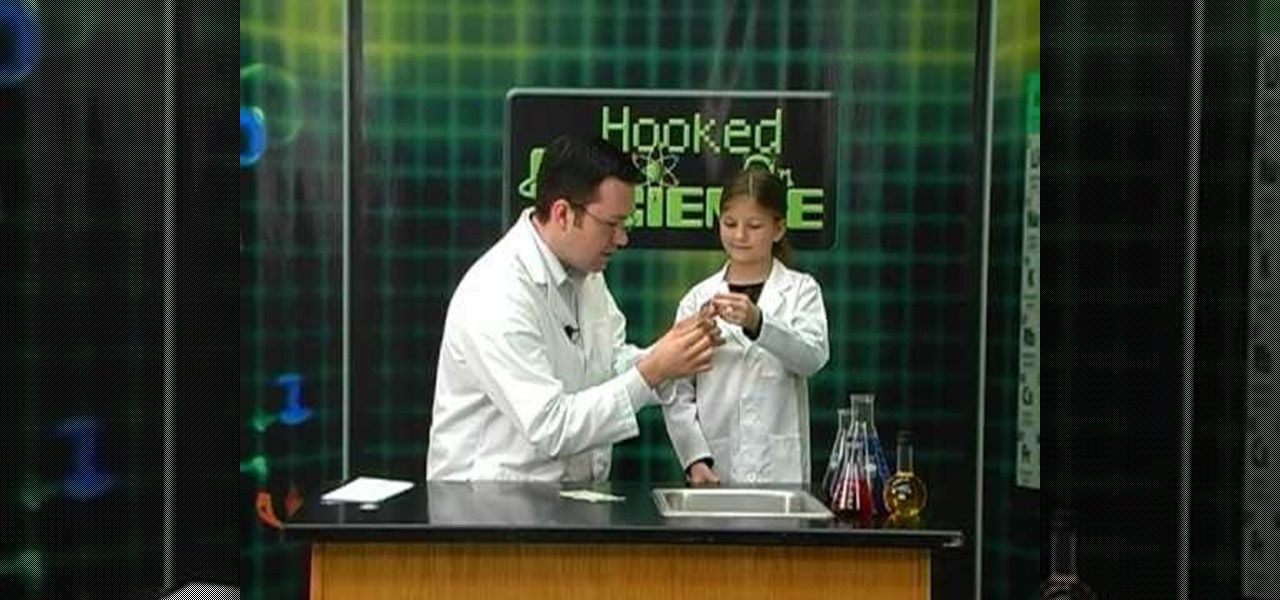
How To: Sense the charge in a magnetic dollar bill
Did you know the dollar in your pocket is magnetic? The strip inside the bill is magnetically charged. Check out this demonstration from Hooked On Science to learn more about science firsthand. Bring science right to your kitchen with these creative ways to demonstrate chemistry, physics and earth science to your kids.

How To: Test if a fertilizer has nitrates in it
Watch this science video tutorial from Nurd Rage on how to test if a fertilizer has nitrates rather than urea or ammonia as its nitrogen source.

How To: Make naked eggs with vinegar
Eggs aren't just for eating! Did you know you can do some cool science experiments with eggs? Get a naked egg by leaving it in vinegar. Need to know if your egg is cooked? Spin it!
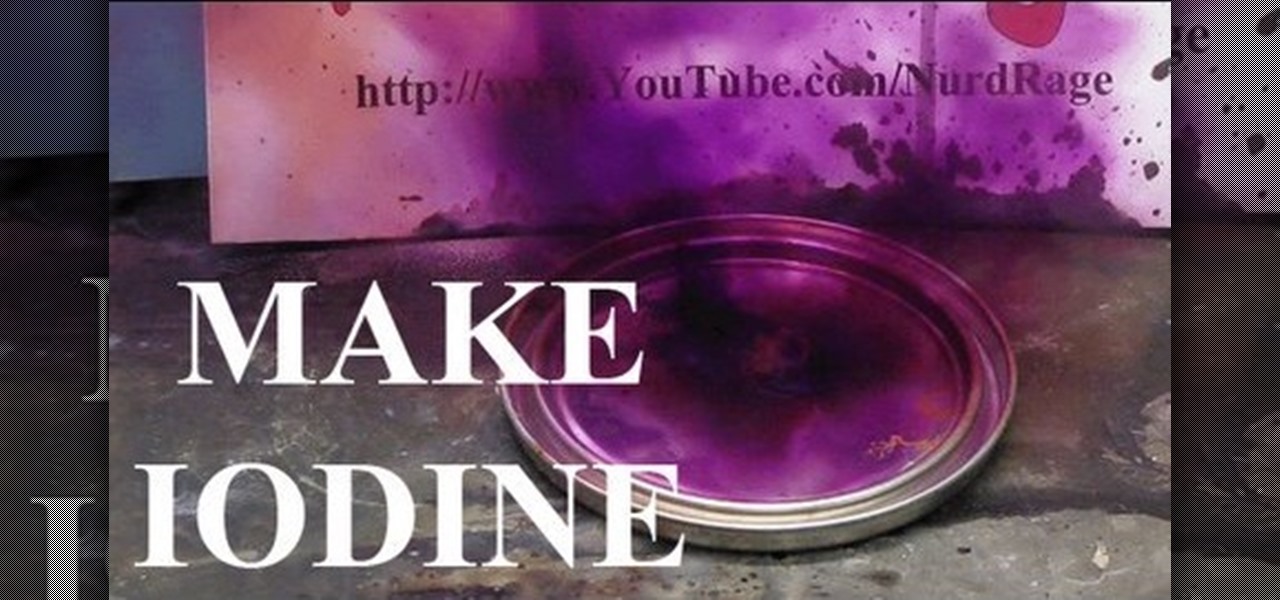
How To: Make iodine from sulfuric acid and alkali metal iodide
Watch this science video tutorial from Nurd Rage on how to make iodine from sulfuric acid and alkali metal iodide. This is the best way to make elemental iodine from sulfuric acid and sodium or potassium iodide.

How To: Study high school organic chemistry
Chemguy AKA Rob reviews the various diagrams in organic chemistry. This is a 16 part series from this Canadian high school Chemistry teacher.

How To: Stiffen water with flour and salt
See what happens when you mix a few cooking ingredients into water! This video tutorial will show you the trick to stiffen water with flour and salt. It's a pretty simple trick, and you don't need to be a science genius to do it. Just mix a little salt and flour together, then dump into the pre-boiled water and watch as it hardens completely stiff.
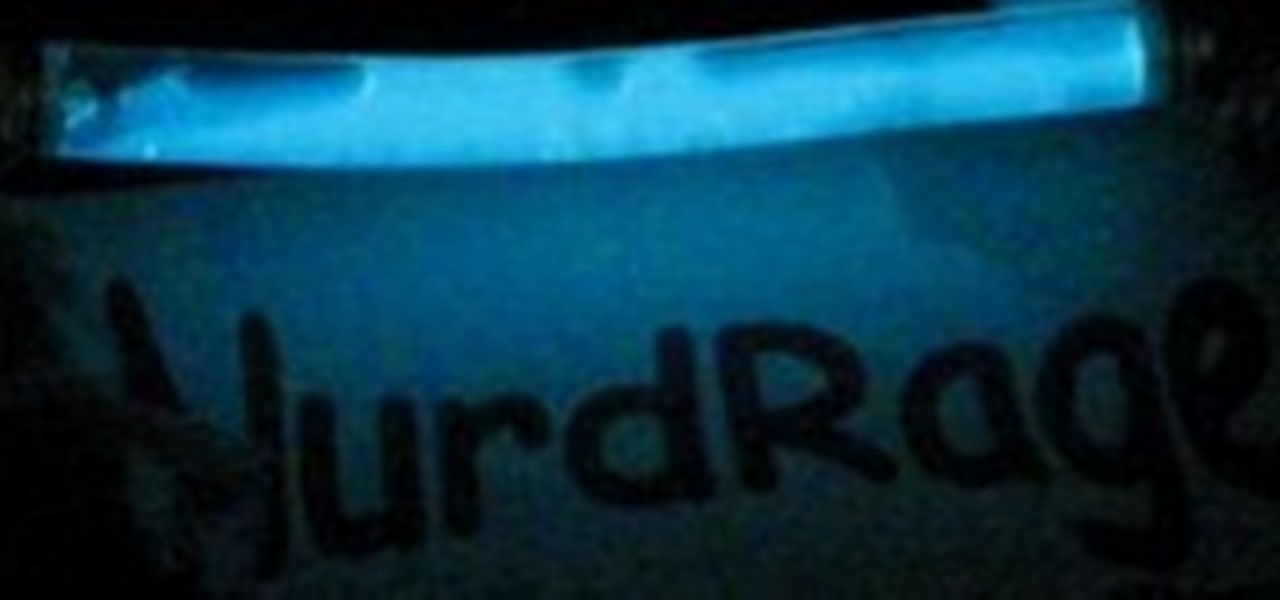
How To: Make a complete refillable glow stick
Watch this science video tutorial from Nurd Rage on how to make a complete refillable glow stick. You can make this complete and refillable glow stick with a steampunk-style to it.
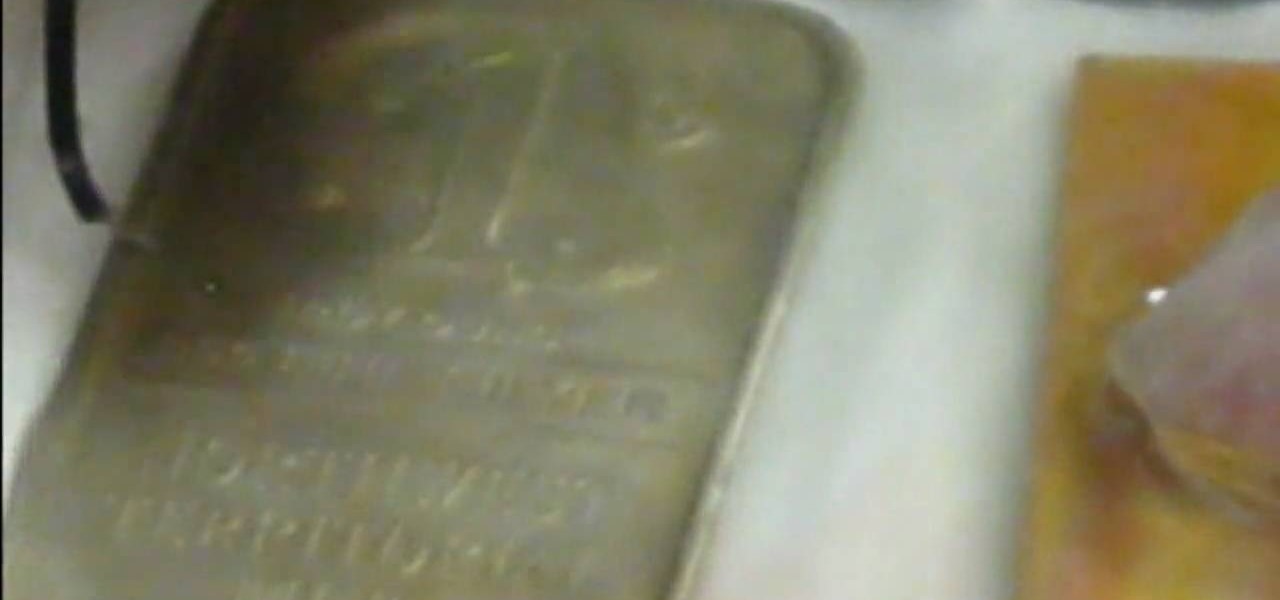
How To: Restore silver with electrochemistry
Watch this science video tutorial from Nurd Rage on how to restore silver with electrochemistry. You can restore old silver with aluminum foil or a battery by simple electrochemistry.
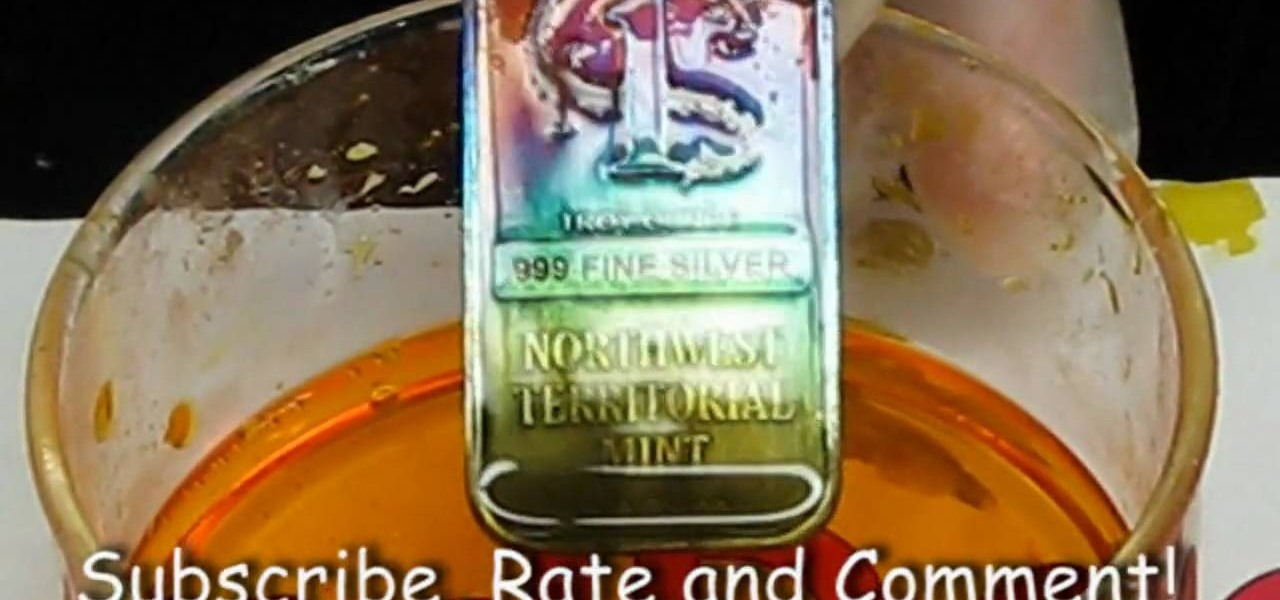
How To: Make silver different colors by anodizing
Watch this science video tutorial from Nurd Rage on how to make silver different colors by electrochemical anodizing. Without using paint, you can give a silver surface various colors by anodizing it.
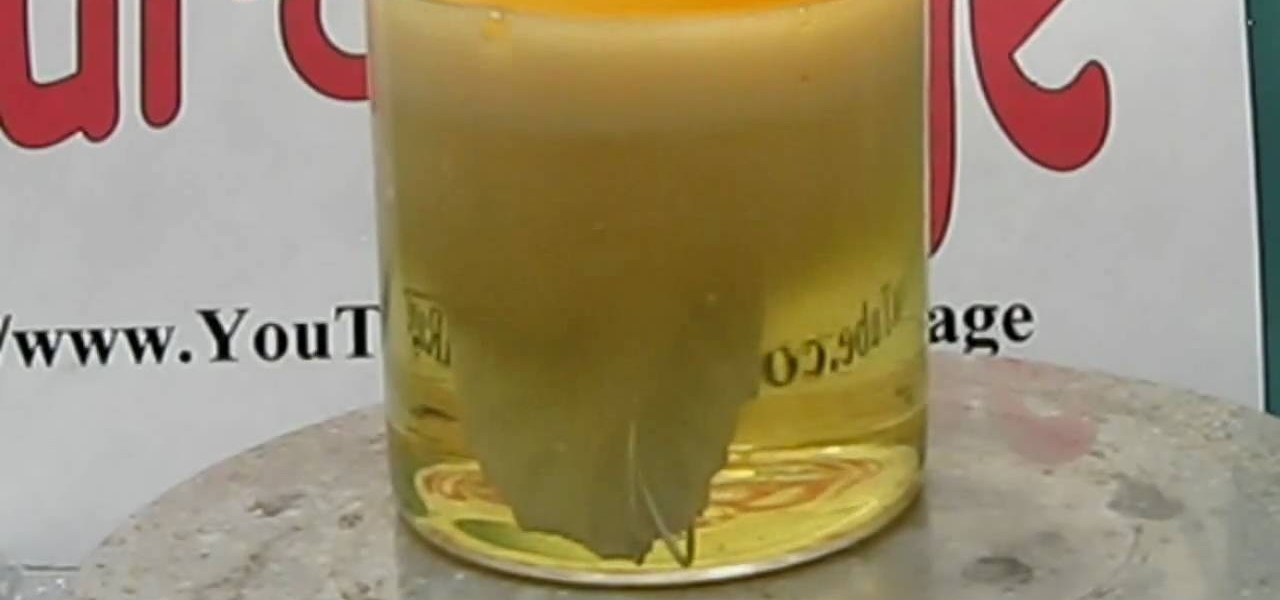
How To: Make silver nitrate from silver and nitric acid
Watch this science video tutorial from Nurd Rage on how to make silver nitrate from silver and nitric acid. They show the chemistry of making this cool chemistry, colorless solid.
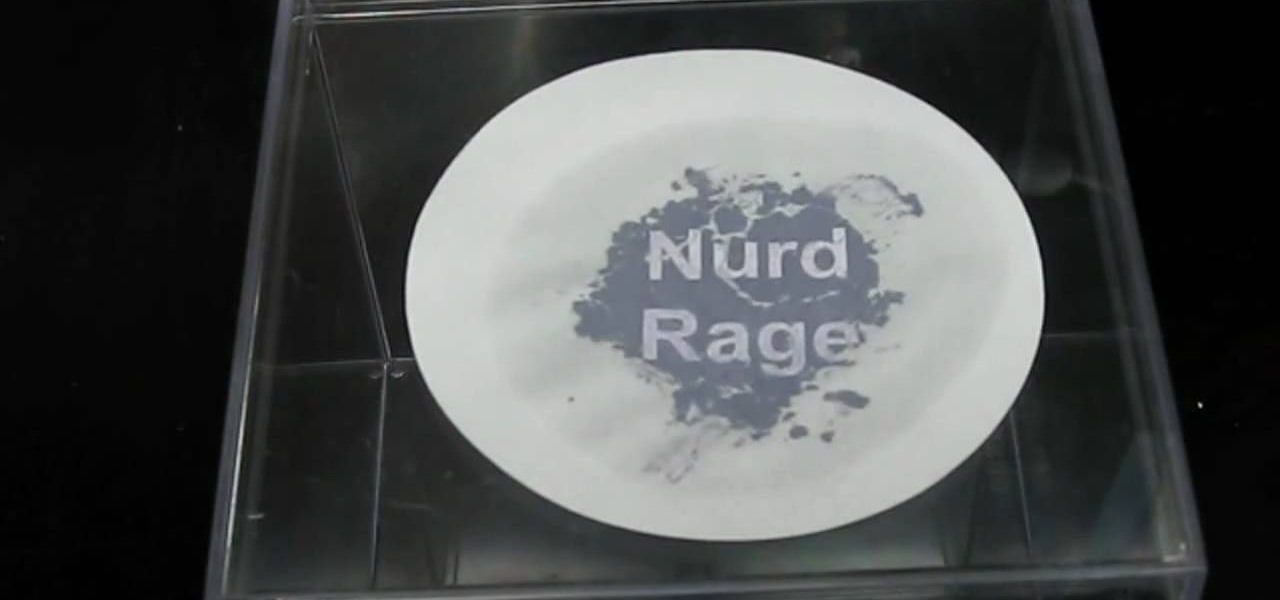
How To: Make silver chloride for a photochemistry test
Watch this science video tutorial from Nurd Rage on how to make silver chloride for a photochemistry test. They show the chemistry of photography using silver chloride that they make themselves from table salt and silver nitrate.

How To: Make glass mirrors with silver nitrate
Watch this science video tutorial from Nurd Rage on how to make a mirror silvering solution from silver nitrate, ammonia, sugar, and sodium hydroxide.

How To: Perform a forensic DNA test
In this scientific video tutorial, undergraduate students in a forensic chemistry lab demonstrate a forensic DNA test to catch a criminal. Learn how to perform a forensic DNA test! Just like in CSI.
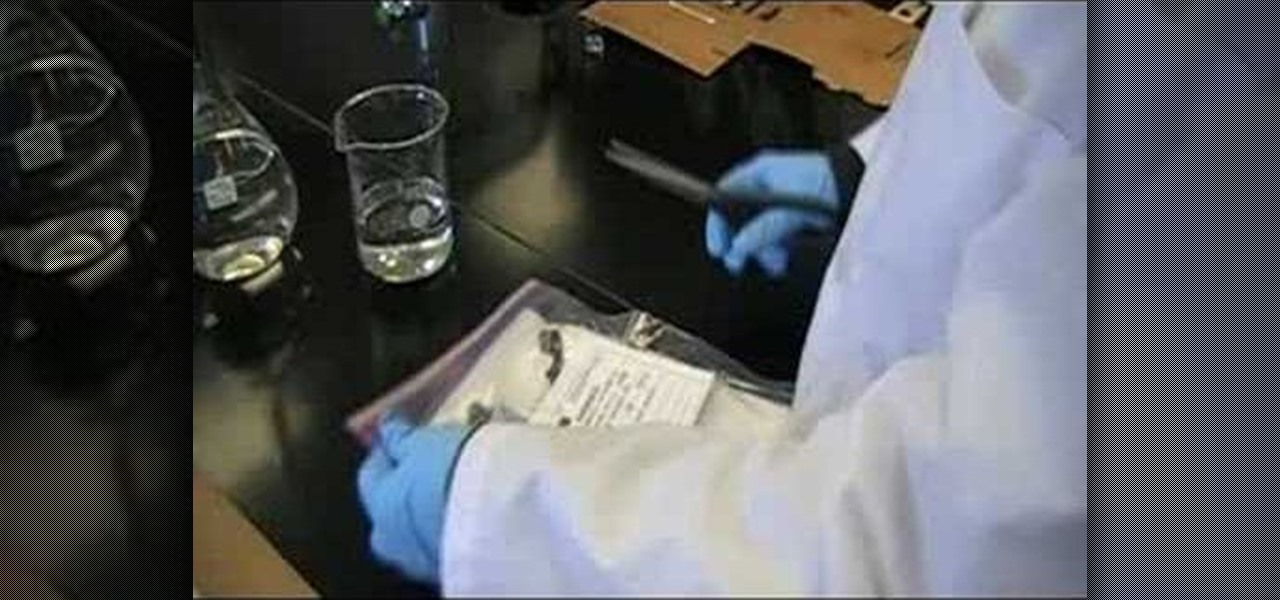
How To: Perform gun shot residue analysis (GSR)
In this scientific video tutorial, undergraduate students in a forensic chemistry lab demonstrate how to perform gunshot residue analysis (GSR). Learn how to perform gun shot residue analysis (GSR)! Just like in CSI.

How To: Perform ballistics comparisons
In this scientific video tutorial, undergraduate students in a forensic chemistry lab demonstrate how to use a comparison microscope for bullet and bullet casing comparisons, and color developments tests for impression marking enhancement (such as for filed-off serial numbers). Learn how to perform ballistics comparisons! Just like in CSI.
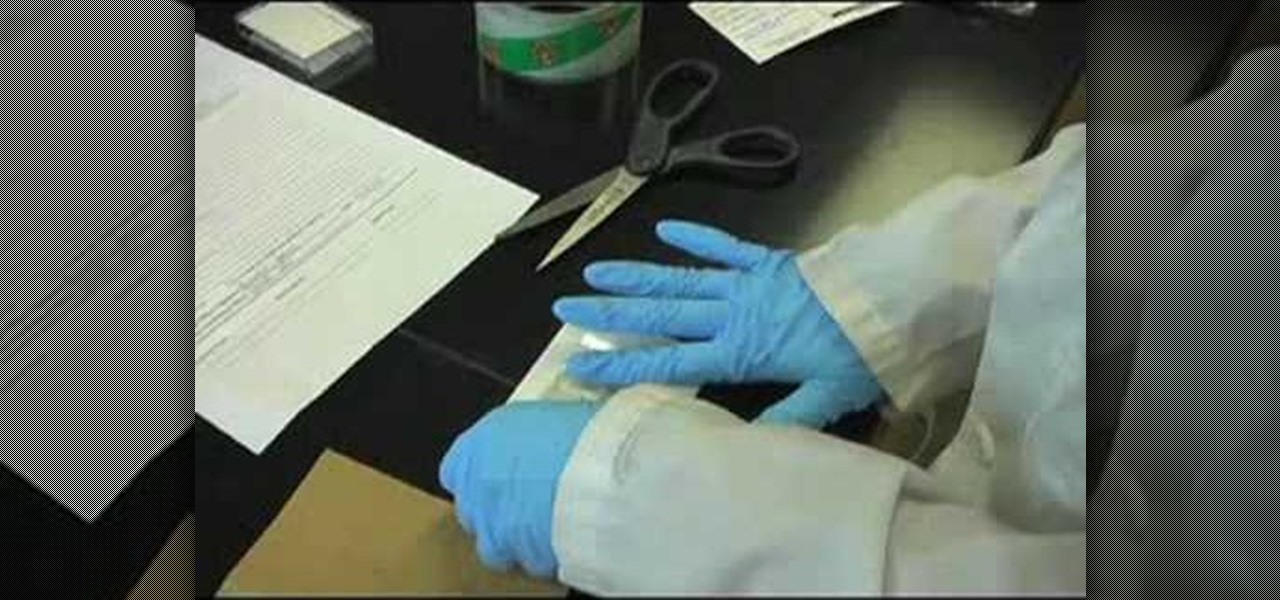
How To: Dust and fume for fingerprints
In this scientific video tutorial, undergraduate students in a forensic chemistry lab demonstrate how to develop fingerprints using a variety of methods: Cyanoacrylate (superglue) fuming, dusting, and iodine fuming. Learn how to dust for fingerprints, just like on CSI.

How To: Make a HHO hydrogen generator
Welcome to Green Power Science! In this video tutorial, you'll learn how to make a HHO hydrogen generator. This is a very simple hydrogen generator. Watch the end, for there are some cool ignitions. These is a great way to get cheap alternative power sources.

How To: Use a Three-Way Stopcock in the Chemistry Lab
For your chemistry experiments, you'll eventually need to know how to use a stopcock. Well, this science tutorial, interactive animation will show you how to use a three-way stopcock in the chemistry lab.
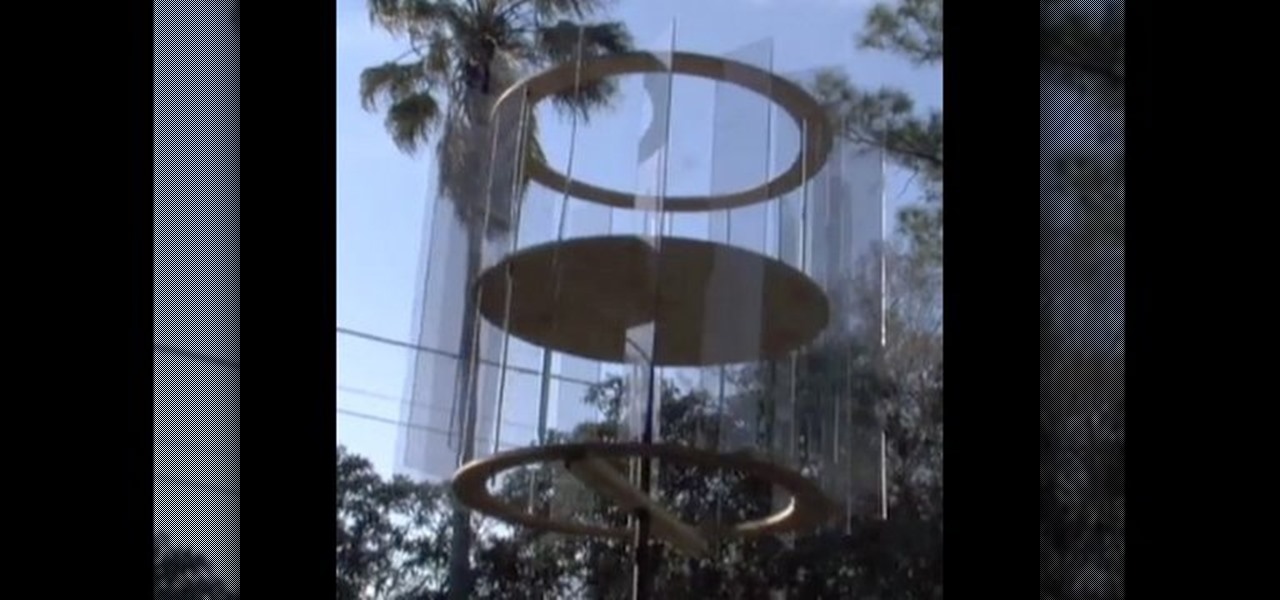
How To: Build a vertical axis wind turbine
The economy is down, so what's one way you can save money? Build a vertical axis wind turbine! This eco-friendly four-part video tutorial will show you just how to make one so you can save money. These are detailed steps for making the vertical axis wind turbine. The blades can be easily interchanged offering different shapes and materials to experiment with. This design can create turbines up to 90 inches in diameter and up to 15 feet tall.
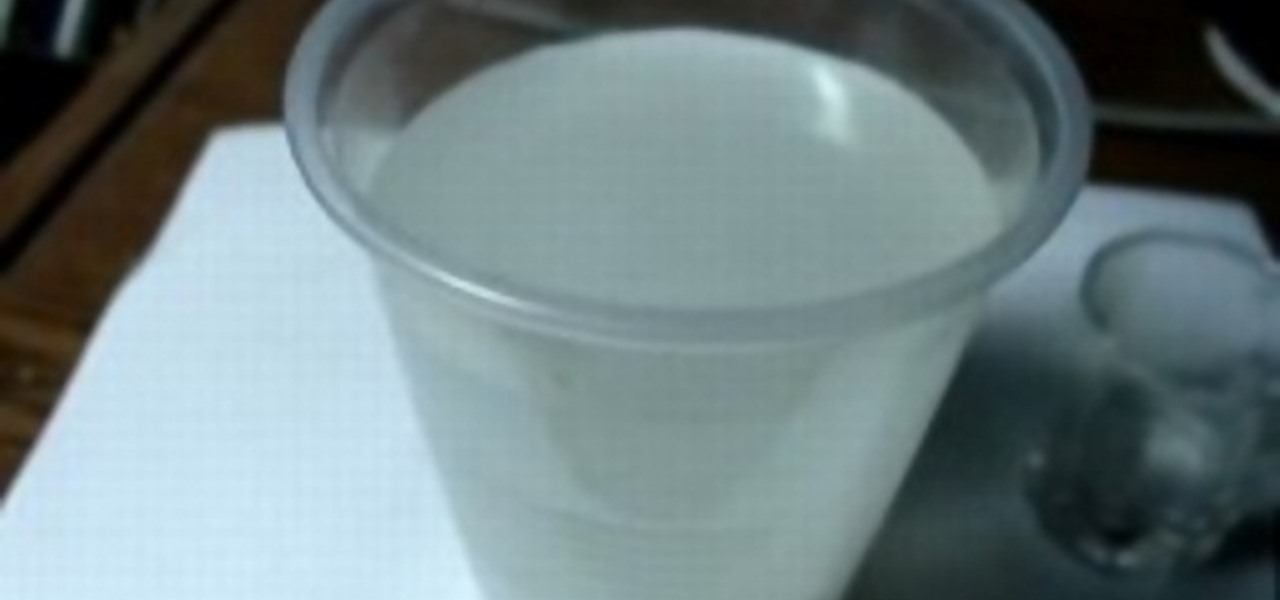
How To: Dissolve a penny with a power adapter
Ever wonder what happens to a penny when an electrical charge is applied to it? Well, you'll find out in this science lesson that shows you how to dissolve a penny with a power adapter.
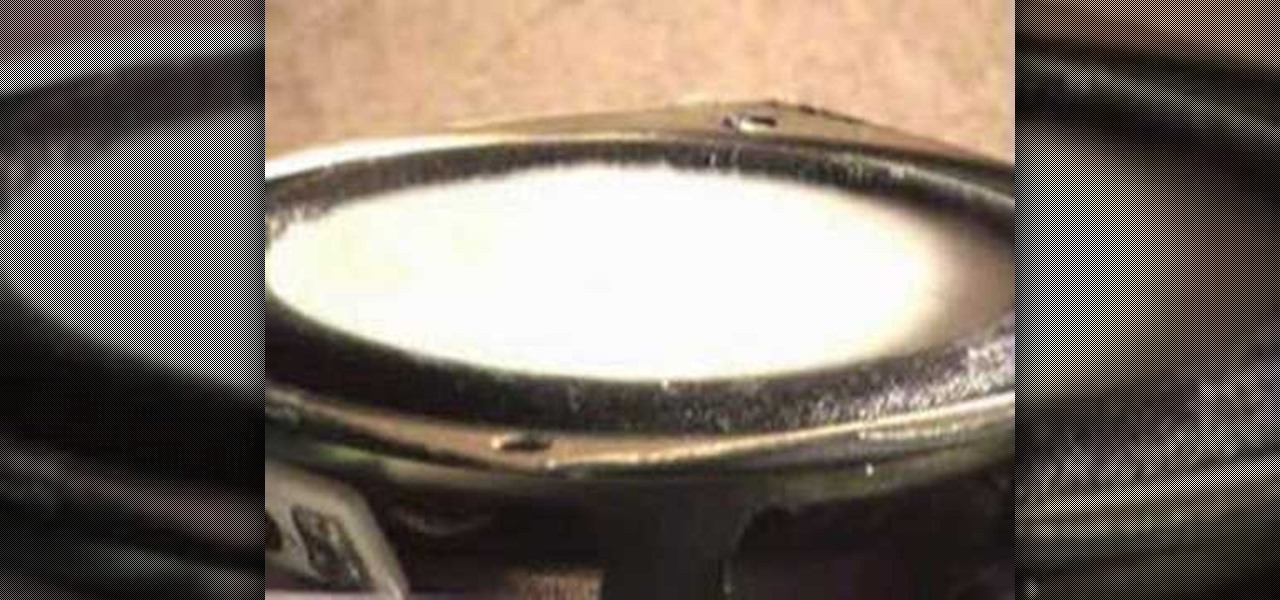
How To: Make freaky cornstarch monsters dance on speakers
How to make a cornstarch monster in your own home. This non Newtonian fluid will dance on a speaker, creating wild little monsters. The goopy liquid should then be dumped into the speaker head. The wave form you need is a pure Sin wave at 120 hertz.
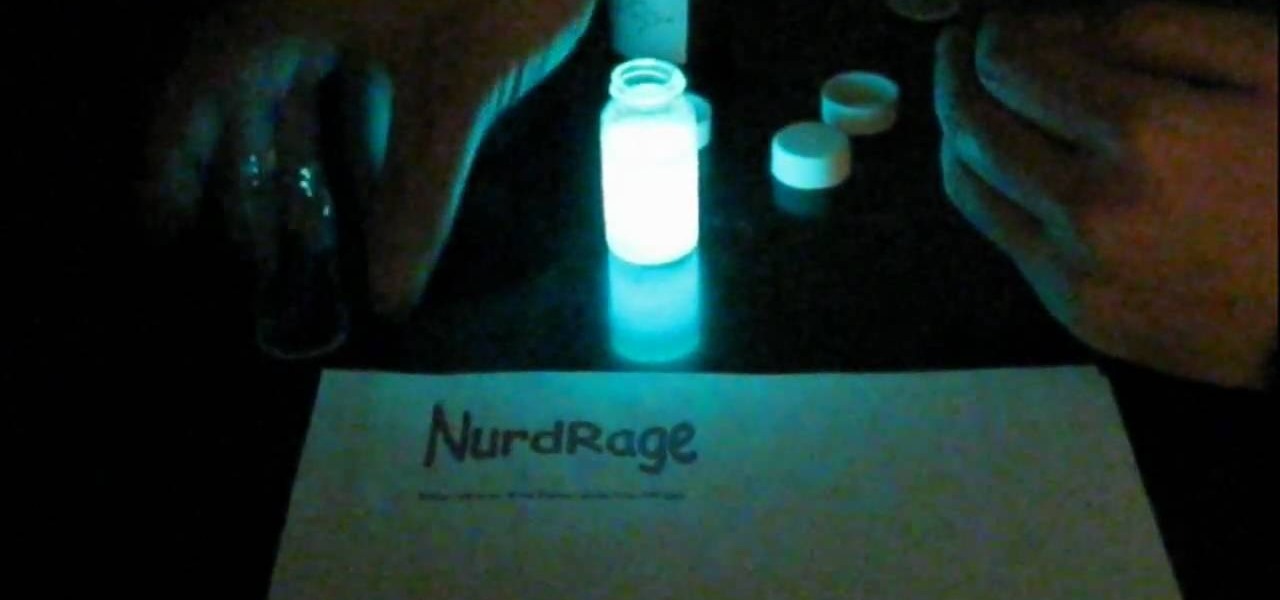
How To: Make a glow stick reaction with real chemicals
Watch this science video tutorial from Nurd Rage on how to make a glow stick reaction with real chemicals.

How To: Make Pepsi Necco wafer fireballs
Move over Diet Coke & Mentos! In this demonstration you'll find out what happens when you combine Pepsi, Necco Wafers, and a lighter. Don't try this at home! The reaction is pretty cool
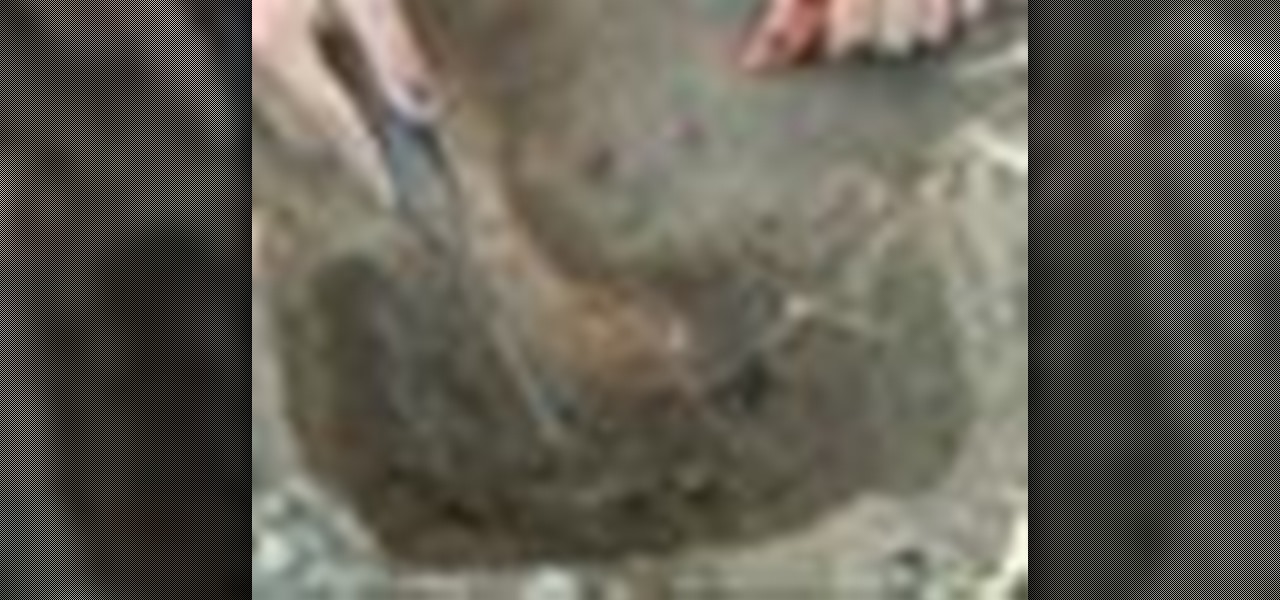
How To: Find dinosaur fossils
Where do you go? How do you know how to look for fossils? How about dinosaur fossils? That's a very good question, and the Museum of the Rockies has the answer, along with Mark B. Goodwin, Ph.D., Assistant Director of the Museum of Paleontology at the University of California, Berkeley.

How To: Make a storm inside a test tube
This science experiment will show you how to make a storm inside a test tube. This video tutorial will demonstrate the process of making the miniature thunderstorm inside a test tube with just a few common chemicals. All you need for your very own thunder storm is a glass test tube with holder, sulfuric acid, ethyl alcohol (ethanol), potassium permanganate, glass dropper, measuring spoon, and please wear safety goggles. Sparks and pops occur completely random, just like in a real thunderstorm!



